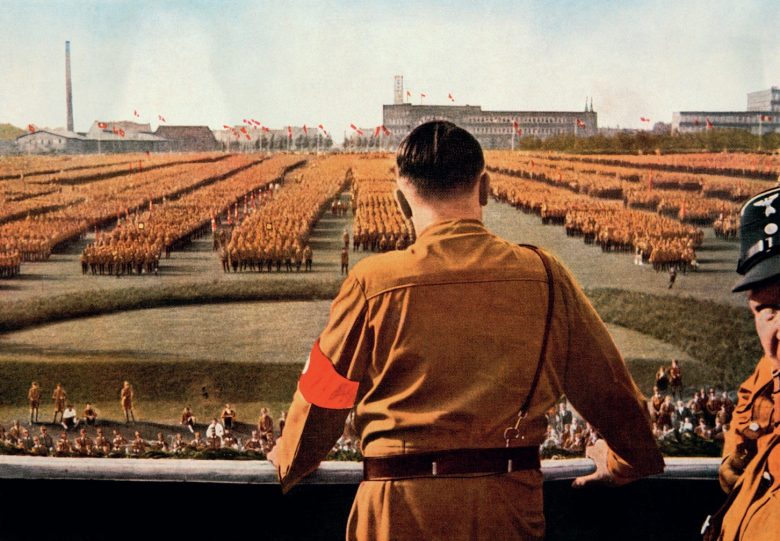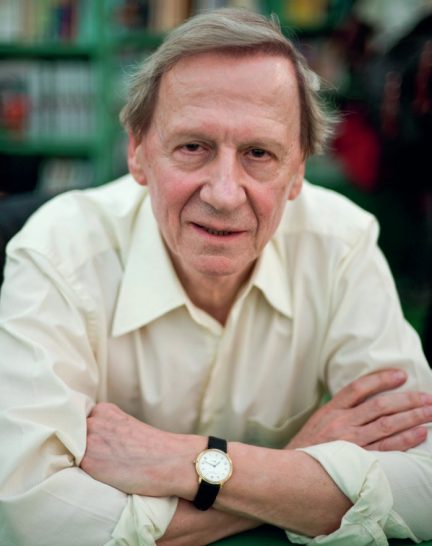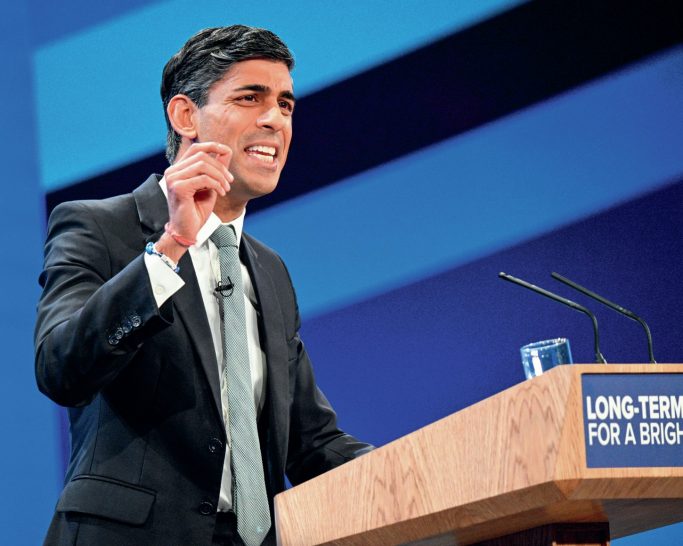
Friday, 5 June 2009, saw Prime Minister Gordon Brown forced into a cabinet reshuffle that he would surely have hoped to delay for another week at least. The decision of several high-profile cabinet ministers, including Home Secretary Jacqui Smith, to announce their intention to stand down, the damaging resignation of Hazel Blears on the eve of the local and European elections, and the decision of Work and Pensions Minister James Purnell to resign and call on Brown to do likewise on polling day itself, served both to bring the reshuffle forward and limit the prime minister’s options.
In consequence, the cabinet re-jig was something of a non-event. Most ministers stayed in post. Even the chancellor, Alistair Darling — aman who had been referring to his time at the Treasury in the past tense in the days leading up to the reshuffle — retained his portfolio. Elsewhere, the only other notable switches involved Andy Burnham (who moved from Culture to Health) and Alan Johnson, who left Health to become home secretary, an example perhaps of Brown following Sun-Tzu’s adage: ‘Keep your friends close and your enemies closer.’
Your organisation does not have access to this article.
Sign up today to give your students the edge they need to achieve their best grades with subject expertise
Subscribe




